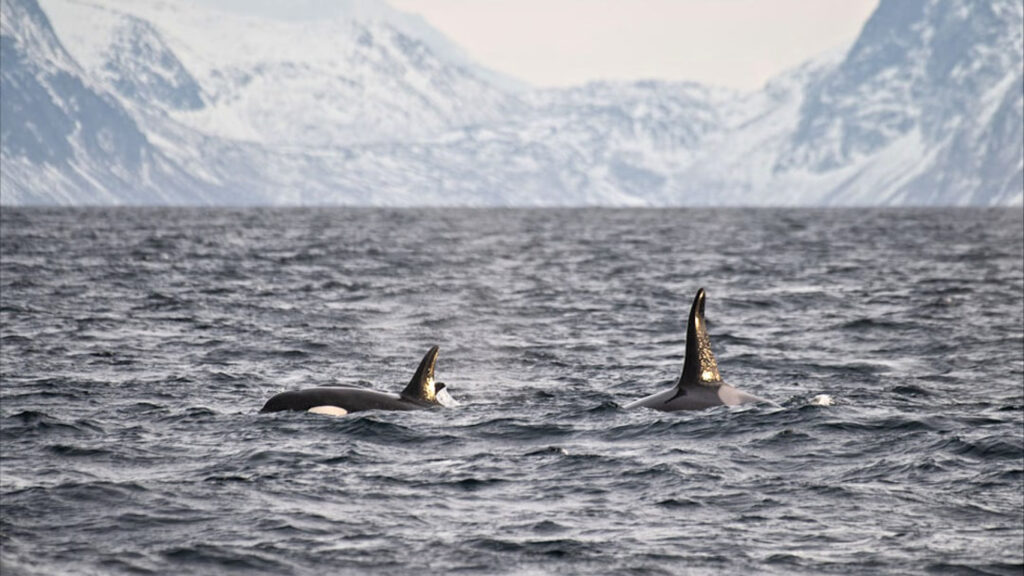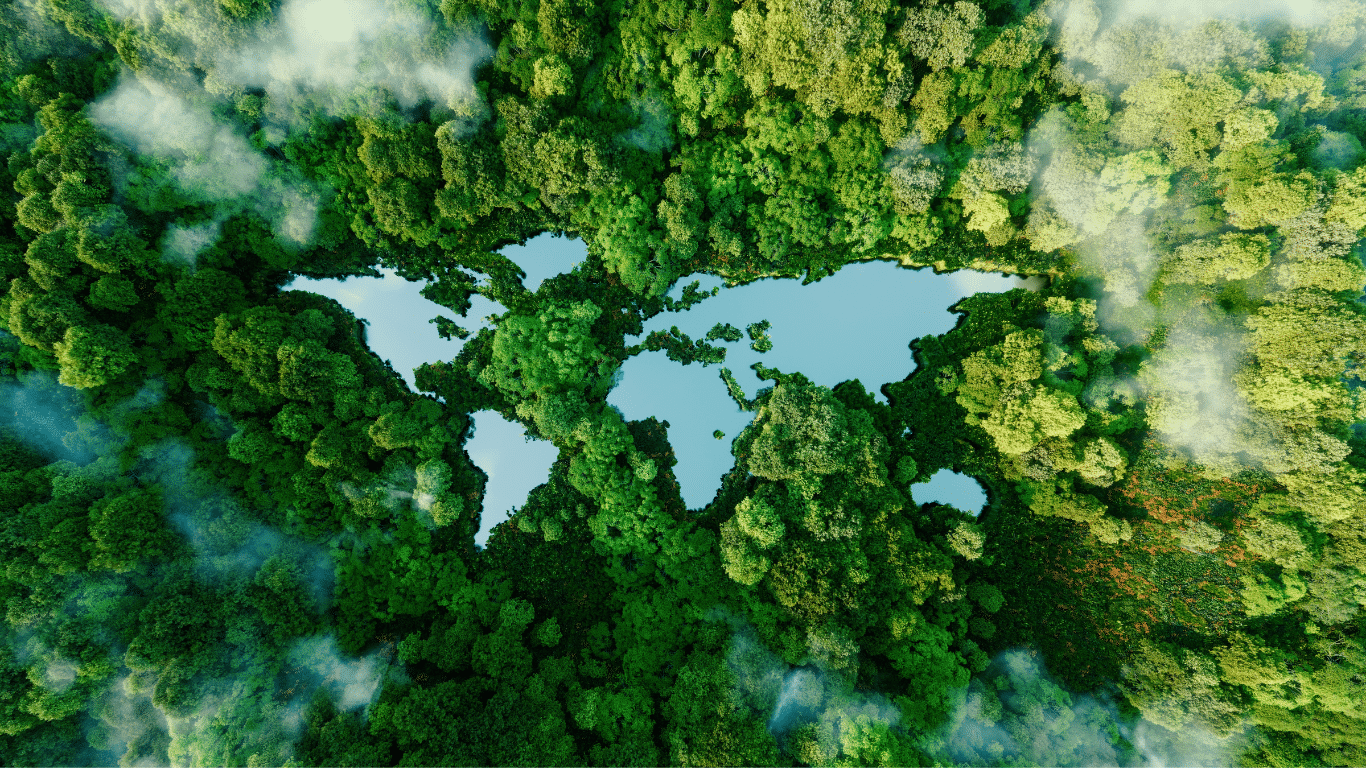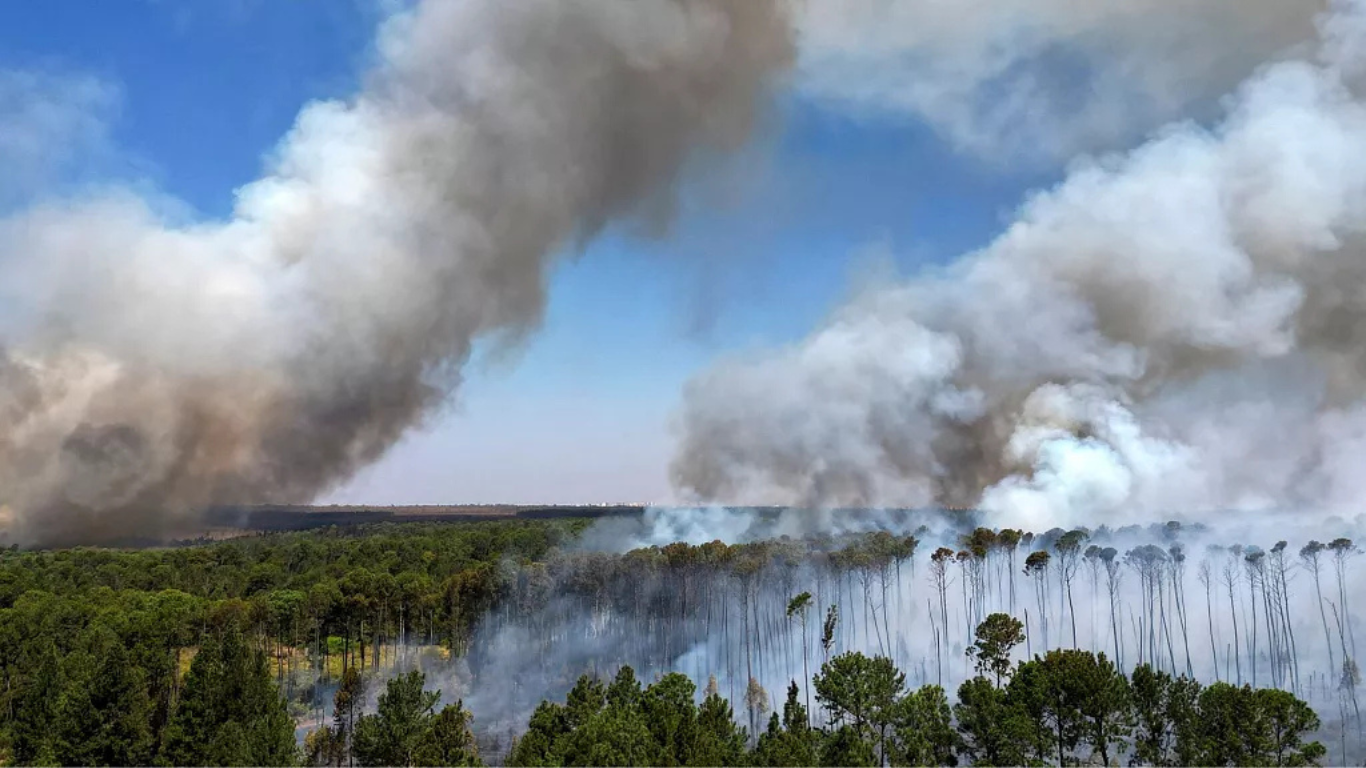The Norwegian Arctic is contaminated with disturbing levels of toxic per- and polyfluoroalkyl substances (PFAS), and the chemicals may put major environmental pressure on the region’s wildlife, according to an Oxford University-led study.
Researchers recently identified 26 types of PFAS compounds in ice around Svalbard, Norway. When the region’s ice melts, chemicals can move from glaciers into downstream ecosystems like Arctic fjords and tundra, affecting the entire food chain of plankton, fish, seals and apex predators like polar bears.
 Credit: Life In Norway
Credit: Life In Norway
PFAS, a class of 12,000 chemicals used to ensure that consumer products resist water, stains and heat, are labelled “forever chemicals” because they do not naturally break down. They are linked to cancer, liver disease, kidney stress, fetal complications and other serious health problems.
Svalbard’s climate is warming six times faster than the global average, and temperatures have risen by 4 degrees Celsius (39 degrees Fahrenheit) in the last 50 years. The region’s skyrocketing temperatures do not only dangerously alter and destroy wildlife habitats but are also allowing for the addition of harmful substances as ice melts faster.
Polar bears endemic to the Arctic have previously been found to have high PFAS levels in their blood - up to a 35% higher concentration compared with coastal bears. “As a polar bear, you have exposure to toxic manmade chemicals, and stresses from a changing habitat,” said Dr William Hartz, a lead author on the study.
Banner credit: Stefan Leimer





